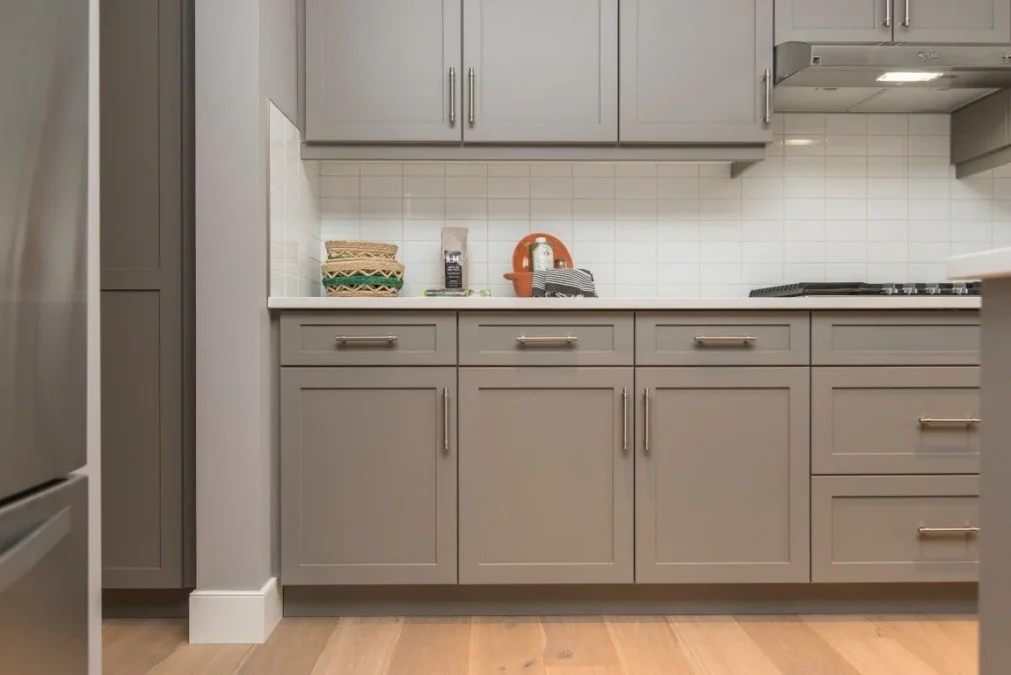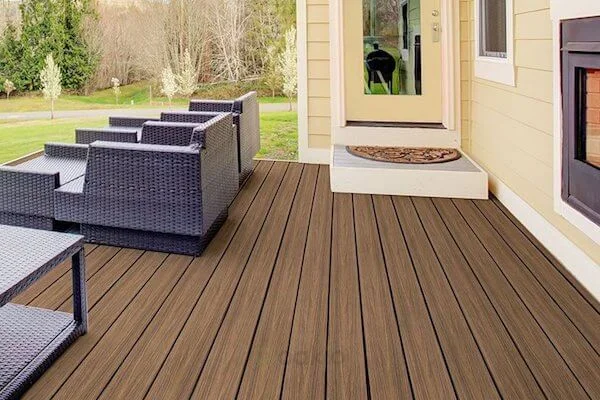Have you ever wondered if the things you sit on or eat at could help protect the planet? In a world where people care more about how their choices affect the earth, furniture is starting to change too.
Instead of using only old-style materials like wood and plastic, designers are now using smart, earth-friendly options. These new materials help make furniture last longer, look better, and cause less harm to nature.
In this blog, you’ll learn how innovative materials for sustainable furniture design are making a big difference and why they matter in your home.
Why New Materials Matter in Furniture Design?
Traditional furniture often uses materials that hurt the planet. Wood is common, but cutting too many trees harms forests. Plastic lasts long but takes hundreds of years to break down.
As people learn more about climate change and pollution, they look for better choices. That’s where innovative materials come in. These are made in smarter ways that are kinder to nature.
Some come from waste, and others break down more easily. They help cut waste and save resources.
Designers also care about how long furniture lasts. Items that break quickly end up in landfills. Stronger, sustainable materials last longer and create less waste.
Smart Choices People Are Making Today
There are many new materials that are changing the way furniture is made. One exciting option is bamboo. It grows very fast, much quicker than trees. It is also strong and flexible.
Bamboo can be used for chairs, tables, and even beds. Another option is cork. This material comes from the bark of cork oak trees.
The bark grows back, so the tree is not harmed when it is taken. Cork is light, soft, and great for sound control.
Recycled plastic is also becoming popular. Instead of making new plastic, people are turning old bottles and bags into furniture. This keeps plastic out of oceans and landfills.
Recycled metal and glass are other examples. They are cleaned and reshaped into new furniture pieces, which helps save energy and reduce waste.
Natural Textiles Making a Comeback
Fabrics matter too when it comes to sustainability. Many sofas and chairs use foam and synthetic covers that are bad for the planet. Now, more makers are turning to natural fabrics like organic cotton, hemp, and wool.
These materials come from plants or animals and break down more easily than man-made ones. They also use fewer chemicals during production, which is better for workers and the environment.
Organic cotton feels soft and clean. Hemp is very strong and grows quickly with little water. Wool is warm and lasting.
These textiles work well for cushions, covers, and even wall panels. Natural dyes are also becoming more popular, replacing harsh chemicals with safer colors made from plants and minerals.
Surprising Waste Materials Turned Into Furniture
Some of the most interesting furniture today is made from waste. Designers are turning old things into something new and useful. One great example is furniture made from reclaimed wood.
This wood comes from old buildings, boats, or even barns. It has history and character. Instead of being thrown away, it gets cleaned, cut, and shaped into beautiful new furniture.
Even food waste is being used. Items like mushroom roots, known as mycelium, can be grown into strong shapes. Mycelium is light, biodegradable, and can take the place of plastic.
Some designers also use seaweed, coffee grounds, or even coconut husks to create parts of furniture. These materials give a unique look while keeping waste out of landfills.
Durable, Stylish, and Kind to Nature
People often think eco-friendly furniture might not look nice. But that’s no longer true. Today’s sustainable furniture is both stylish and smart. Innovative materials can be shaped and colored in many ways.
This gives designers the freedom to create modern, sleek pieces or cozy, classic ones. Furniture made with these materials can fit any home, from a tiny apartment to a large house.
Durability is just as important as design. No one wants a chair that breaks after a few months. These new materials are often tested for strength and wear.
Items like tables, sofas, and even record cabinets made with eco-friendly options can last for years. They don’t just look good-they also work well for daily life.
How These Materials Help the Planet
Every step in making furniture affects the environment. Cutting down trees, making plastic, or shipping heavy items takes energy and creates pollution. But using local and recycled materials helps lower these problems.
When furniture is made from nearby or reused sources, less fuel is needed for transport. This reduces the release of harmful gases into the air.
Also, many of these materials can be taken apart or recycled again at the end of the furniture’s life. This means less waste. Some companies even take back old items to reuse the parts.
These actions help move us toward a circular system, where items are made, used, and then turned into something new again. It’s a smart way to reduce harm to the earth.
The Future of Sustainable Furniture
Designers are always looking for better ways to protect the earth while making useful furniture. In the future, we will see even more new materials. Some will be made from living organisms.
Others will change shape or color to match your needs. Technology will also play a role. With 3D printing and smart tools, designers can use only the amount of material they need. This cuts down on waste and cost.
Education also helps. As more people learn about where furniture comes from, they start making better choices. They look for eco-labels and ask questions about how items are made.
The more people care, the faster companies will change. Supporting sustainable furniture is not just a trend. It’s a powerful step toward a better future.
It’s Time to Rethink the Way We Furnish Our Lives
Choosing furniture made with innovative materials is more than just a style choice. It is a way to care for the planet while making your space beautiful and functional. These materials offer new options that are strong, clean, and safe.
Whether it’s a table made from bamboo or a chair covered in natural wool, every piece can make a difference. You now know how innovative materials for sustainable furniture design are helping homes and the planet.
Did this guide help you? Browse the rest of this section for more advice on a variety of topics.












